Cat Beanbag
Special Note: This pattern is one of my oldest - originally on my previous site. It is fun to see it being used now by so many. I had no idea when I first created it that it would become so popular. Being a favorite while on that site, I decided to add it here. Enjoy! Christina Sherrod, designer
Disclosure: This site contains affiliate links. As an Amazon Associate, I earn from qualifying purchases. Clicking on links, and purchasing products, may result in the seller paying us compensation - at no extra cost to you. Affiliate links are in green.
Also see:
Notes From The Workroom & Trail
Easy Sewing Projects
Craft Projects
Animal & Pet Patterns
Bean Bag Cat
This adorable bean bag cat is easy to make and suits many purposes. Use holiday fabrics to make one for your favorite holiday. Fun for any child as a bean bag toy (embroider the face and sew on the head if used by a small child). Use a tougher fabric on the bottom to create a door stop. Made with bright colors, it would add a splash of color to any room.
The body is filled with dried beans for weight and stability, which means it makes an excellent door stop. Our free pattern has two faces to choose from The face can be embroidered or painted on. I appliqued the eyes and nose, using iron-on adhesive (also called fusible web).
To learn how to use fusible web, go to our lesson: Happy Day Applique .
Cat Size
Approximate size: 11” x 11” (floor space - when sitting on the floor) plus a tail
SUPPLIES
Fabric
1/3 yard of 45" wide fabric (plus 6" square of contrast fabric if you want the face out of contrast fabric)
Filling
Head & Tail: Fiberfill Stuffing
Body: Dried beans - small beans work best
Face Supplies
Fusible Web (iron-on adhesive) & fabric for face applique, or fabric paints for painting on a face, or embroidery floss for an embroidered face
General Sewing Supplies
thread to match fabric background
sewing scissors
pins (I use quilting pins)
Pattern Pieces
My patterns download as pdf files. NOTE: For best results, save the pdf file to your computer. Print from your own file. If you print from the browser, the size will be incorrect (I have that problem with Chrome). Be sure to print at 100% size.
Pattern: Face 1 (choose either face 1 or face 2)
Pattern: Face 2 (choose either face 1 or face 2)
NOTE: All pattern pieces contain the name of my previous website: CraftAndFabricLinks.com
DIRECTIONS
All seams are 1/4”
1. Cut Out Pattern Pieces
First, cut out the head, tail and ear pattern pieces. Then, cut along the dotted lines of the body pieces. Tape body pieces A, B, C and D together along the dotted lines as shown on right.
Then finish cutting out the body piece.
2. Cut Out Fabric Pieces
Next, fold the fabric in two, so that your piece is 22.5" x 12". Place pattern pieces onto the fabric and cut through both layers.
Pattern pieces include a 1/4" seam allowance.
You will now have two of each piece. Cut a second set of ears.
3. Sew & Attach Ears
Sew two pieces of an ear together, right sides together, leaving the bottom edge open. Trim seam. Turn right side out and iron. Repeat for the second ear.
Pin the raw edge of each finished ear to the right side upper edge of one cat head piece (back side of head, not face). See photo on right. Baste close to edge. NOTE: Stitching and ear outlines have been enhanced for clarity.
4. Create Cat Face
Using our pattern as a guide, add face details to your face piece. We used fusible web to attach the eyes and nose. If you hold the pattern and fabric up to a window or light board, you can see the pattern under the fabric. You can then mark your positions with a fabric pencil. The eye detail can be drawn on as well (for later painting). See the following paragraph.
After your eyes and nose have been attached, you can add detail, using fabric markers or fabric paints. I like to use fine tipped Tulip fabric paints. I used a glitter paint for the whiskers, and outlined the nose in black. The eyes were outlined with gold on top, and green on the bottom. The pupils were painted black.
DO NOT PROCEED UNTIL PAINT IS DRY.
5. Sew Head Together
When you are sure your paint is thoroughly dry, pin the face and back of head pieces together, right sides together. Leave the ears pointing toward the center of the head. Stitch around the outer edge of the head, leaving the area between the circles open at the base of the head (refer to pattern) for turning and stuffing.
Turn the head right side out. Carefully iron under edges of unsewn area 1/4" (this will make it easier to hand stitch it closed later). Do NOT iron over any fabric paint. Stuff with fiberfill stuffing. Stitch opening closed with invisible stitch.
6. Sew Cat Tail Together / Stuff Tail
Sew tail pieces right sides together, leaving base open. Trim seams. Leave tail inside out push finished, curled end in and stuff with fiberfill. Keep pushing filled portion in further. You are slowly turning it right side out as you fill. Push the finished end inside and stuff the end. An alternate method would be to turn the tail right side out and then stuff the tail, but this would be more difficult due to the curled end. Refer to photo on the right.
Baste raw edges of end closed. Your stitch line should be perpendicular to the tail's seam (do not turn under raw edges - they will be placed inside body of cat.
The tail seam is enhanced in red and the basting across the end is enhanced in white for clarity.
7. Sew Body Together / Stuff Body
Place the tail onto the right side of one body piece, between the circles, so that the raw edges of the tail are lined up with the raw edges of the body (like you did with the ears). The curled end of the tail should be toward the center of the body. Baste the tail into place.
Place the two body pieces so they are right sides together (with tail between pieces and inside body). Stitch around the body pieces, leaving an opening between the marks at the neck area for turning. Trim seams and turn right side out. The tail will now be outside of the body.
Fill the body with dried beans.
I filled the lower part of the body with the most beans. The upper part of the body was more lightly filled. There is a bit of a trick to this part of the project. To make this easier, use the cardboard insert of a toilet paper roll, or roll up paper to make a tube. Insert the tube into the body cavity. Place the beans into a measuring cup that has a pour spout. Pour the beans from the cup into the body via the tube.
Use your fingers to push the beans into the arms and legs. When the body is filled with beans, stitch the opening closed using an invisible stitch (or slip stitch).
Place the head onto the body. When you are sure of placement, attach with fabric glue or stitch into place.
NOTE: The head lies on the body between the front paws. It will cover the hand stitching of the neck area.
Related Projects
Fully illustrated embroidery stitch glossary.
Make one for each holiday!
Articles & Tips
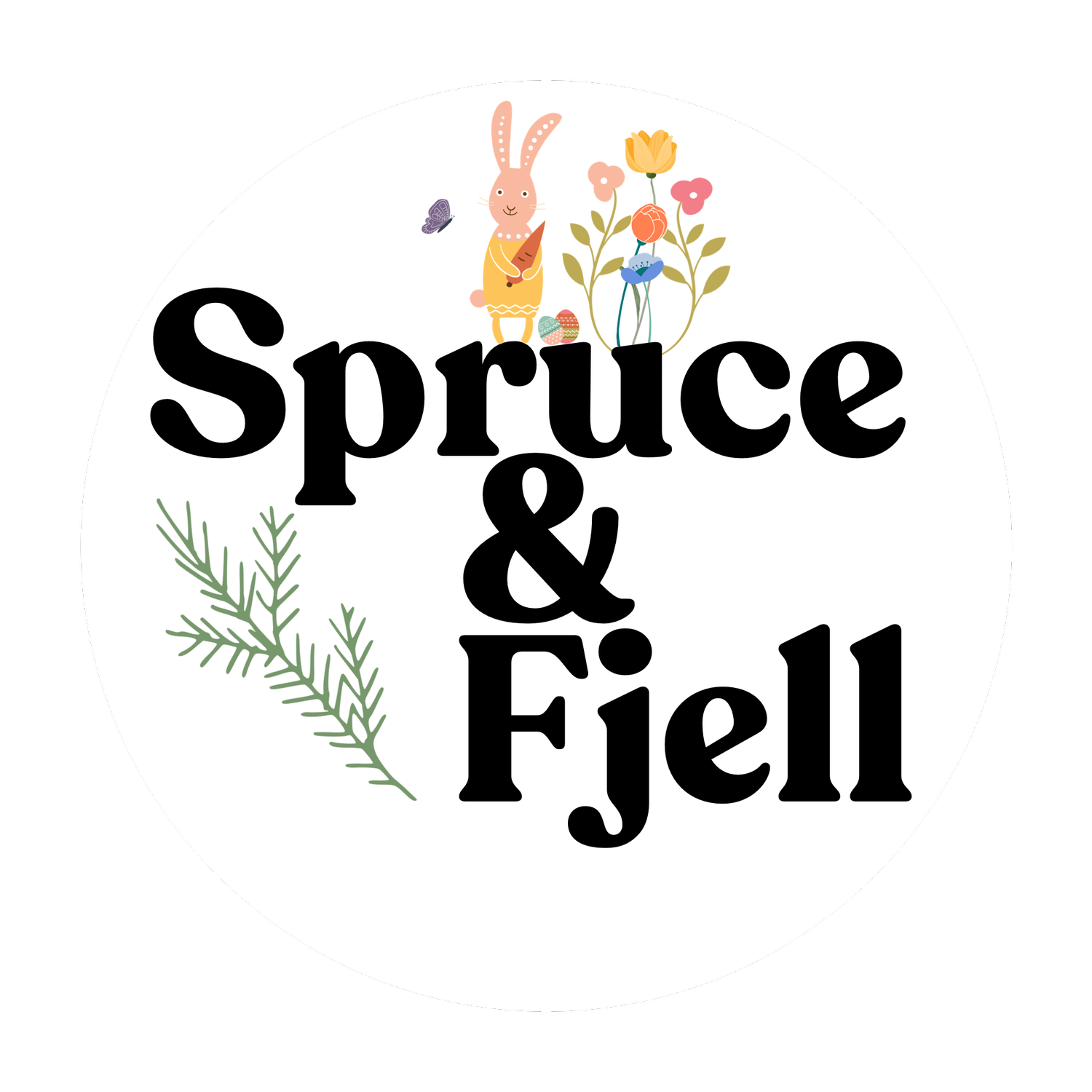


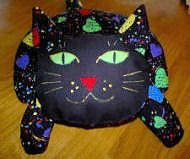

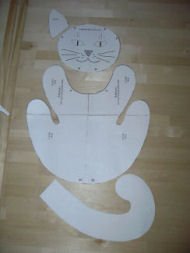

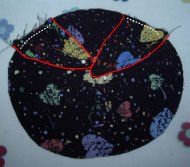
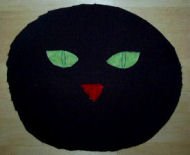



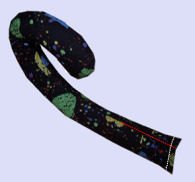












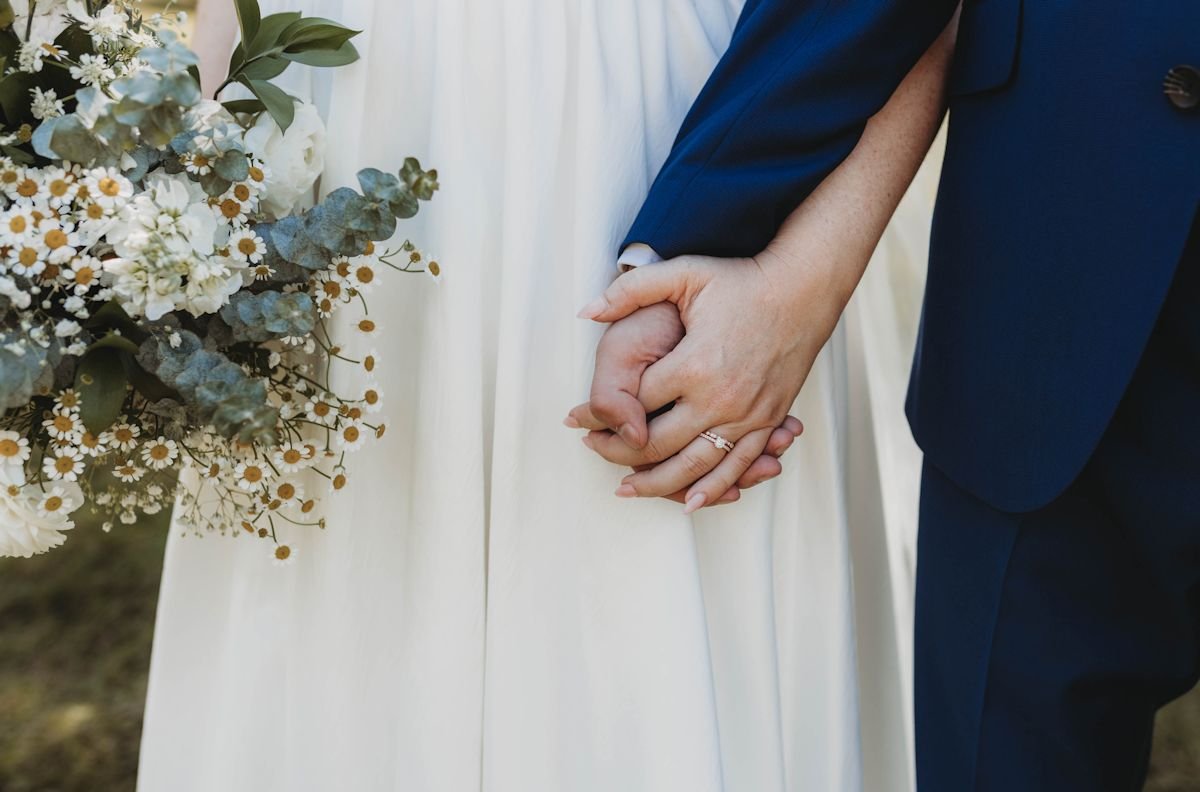















Our traditional Fattigman Day tradition. Swedish cookie making instructions with printable recipe.